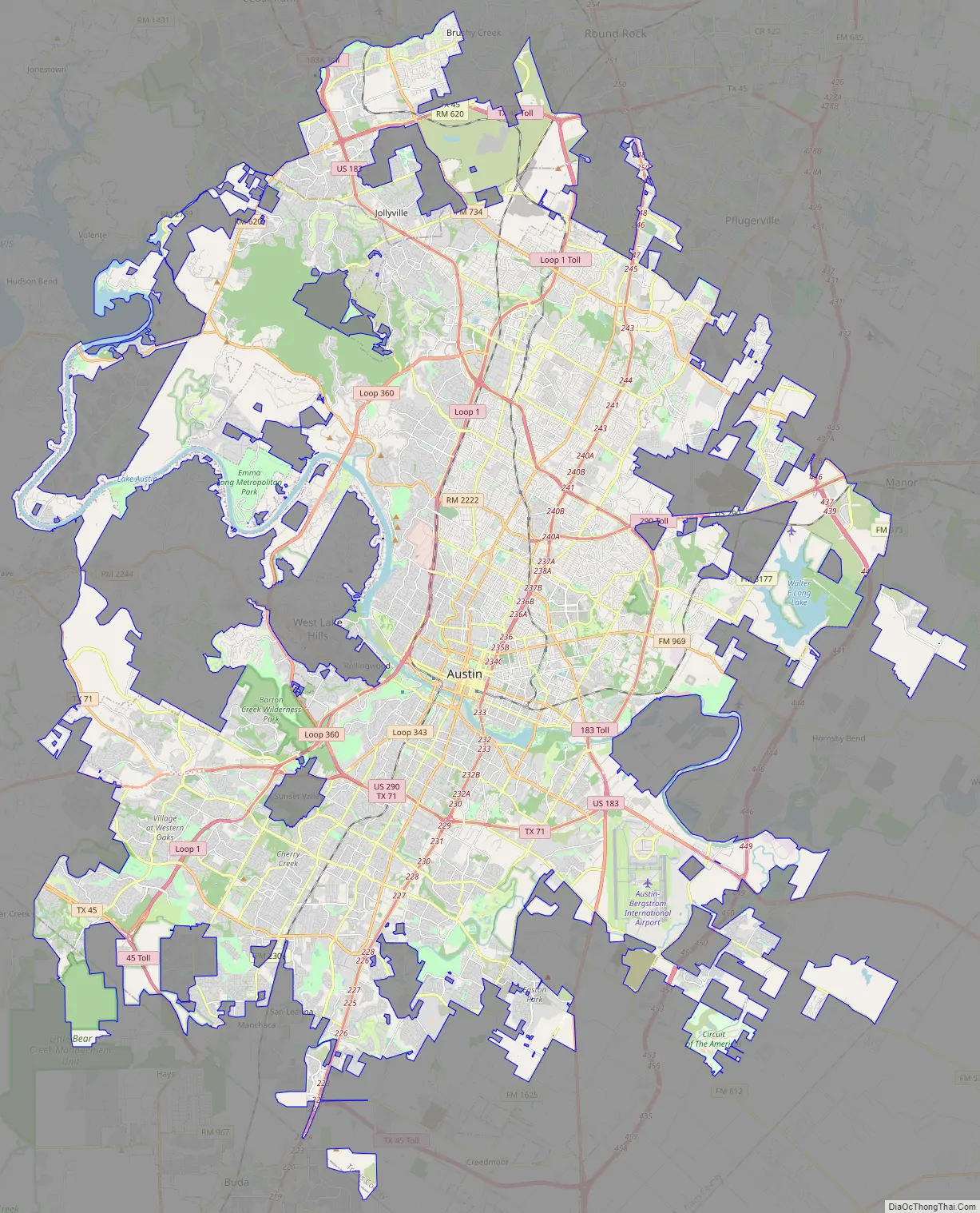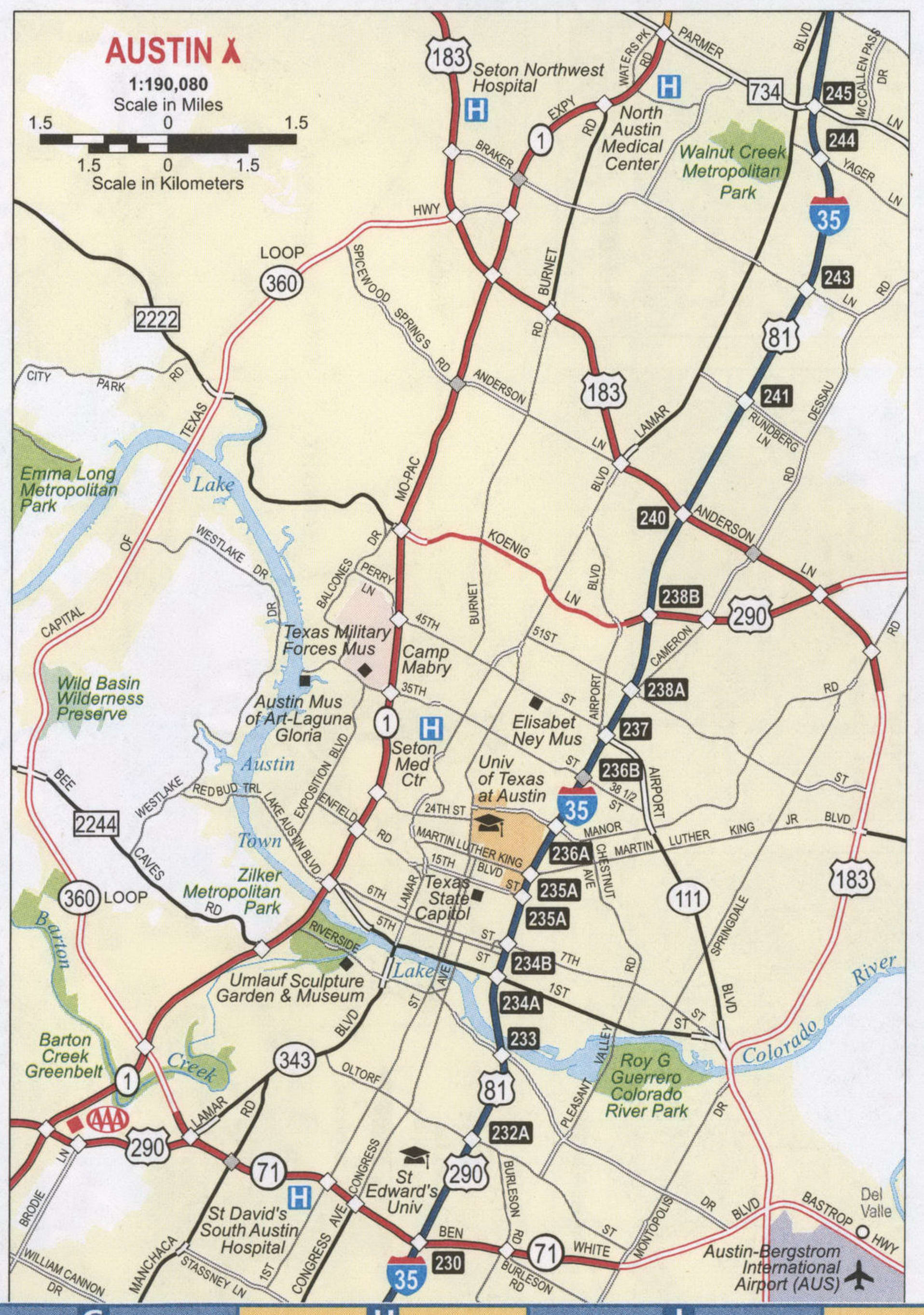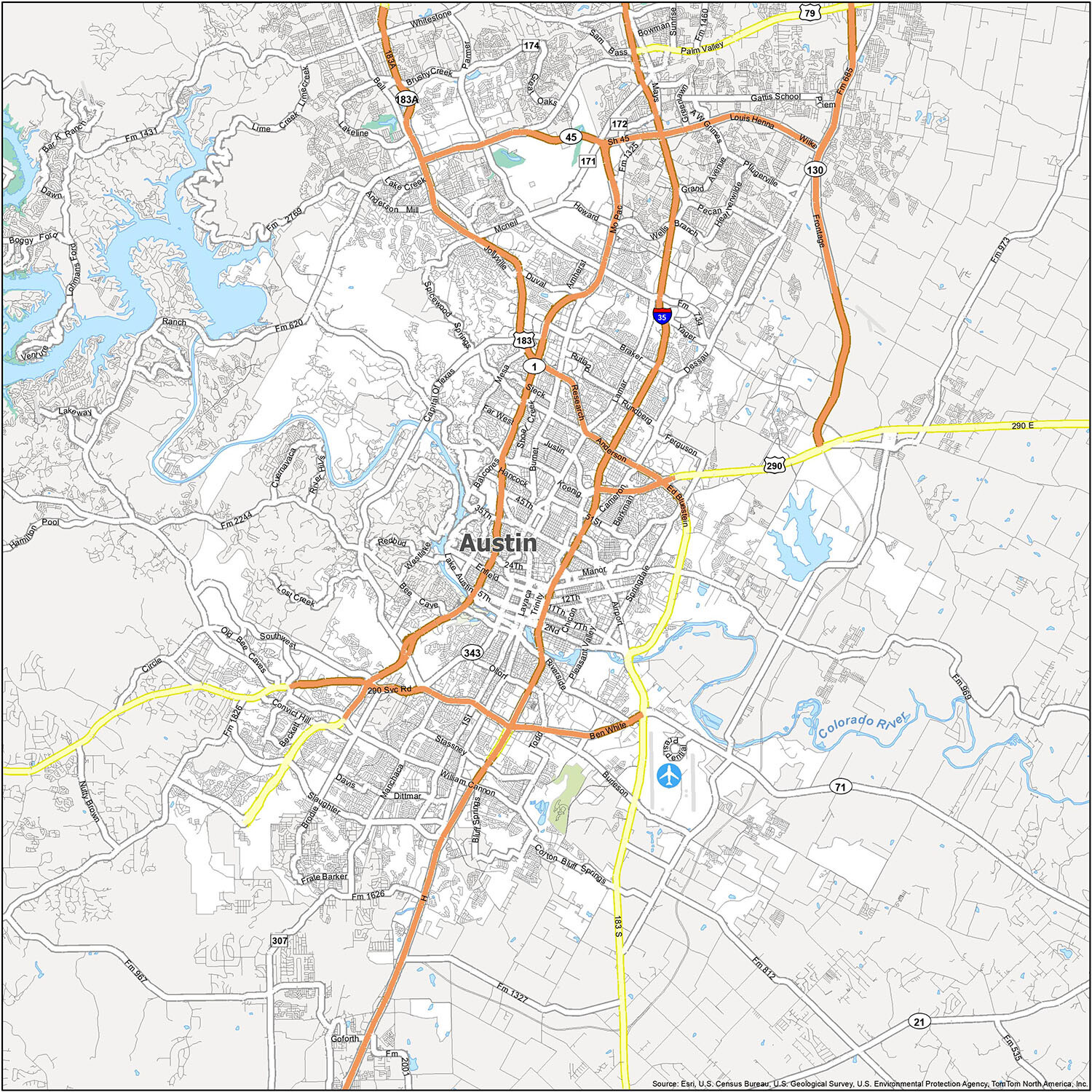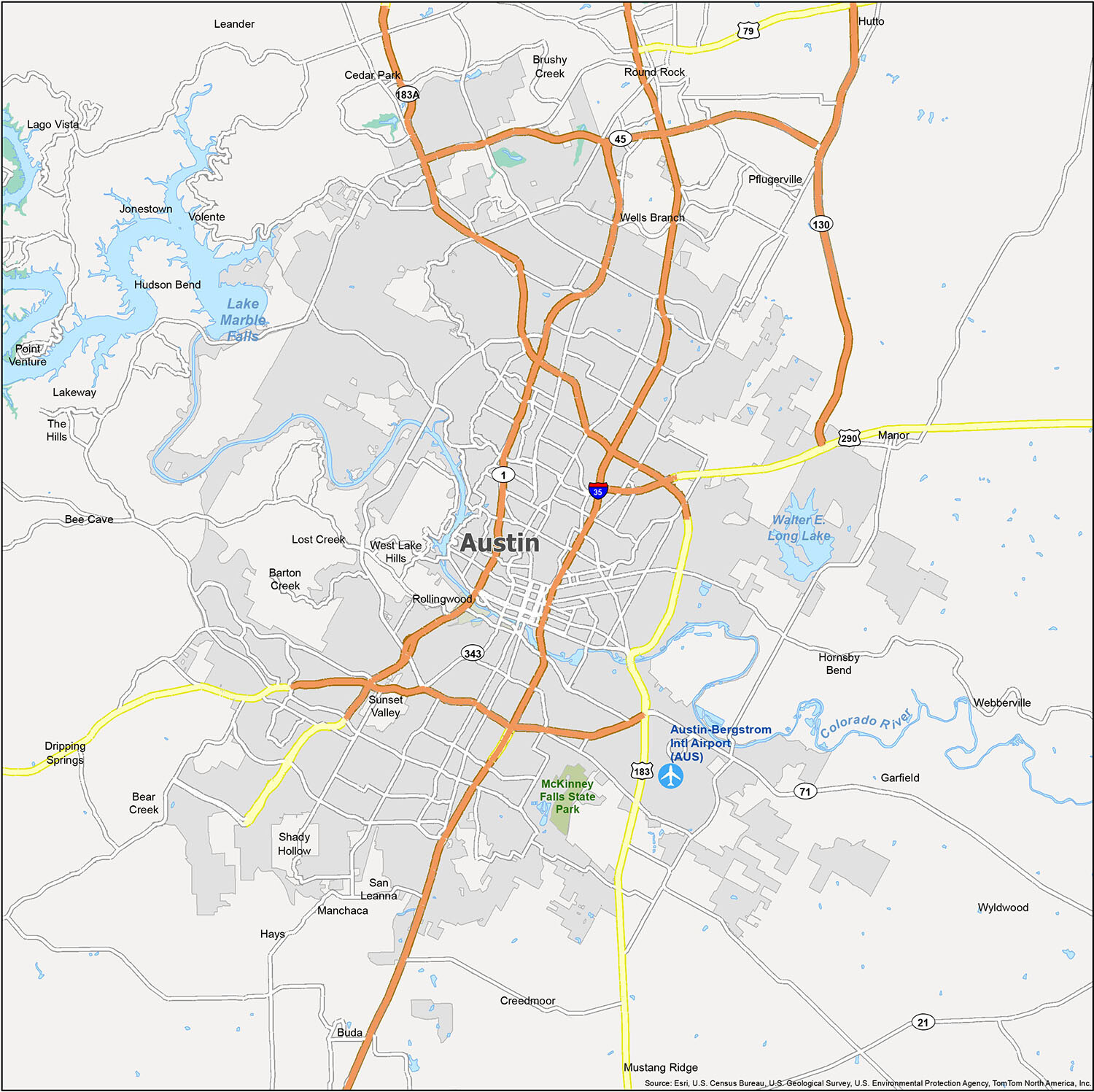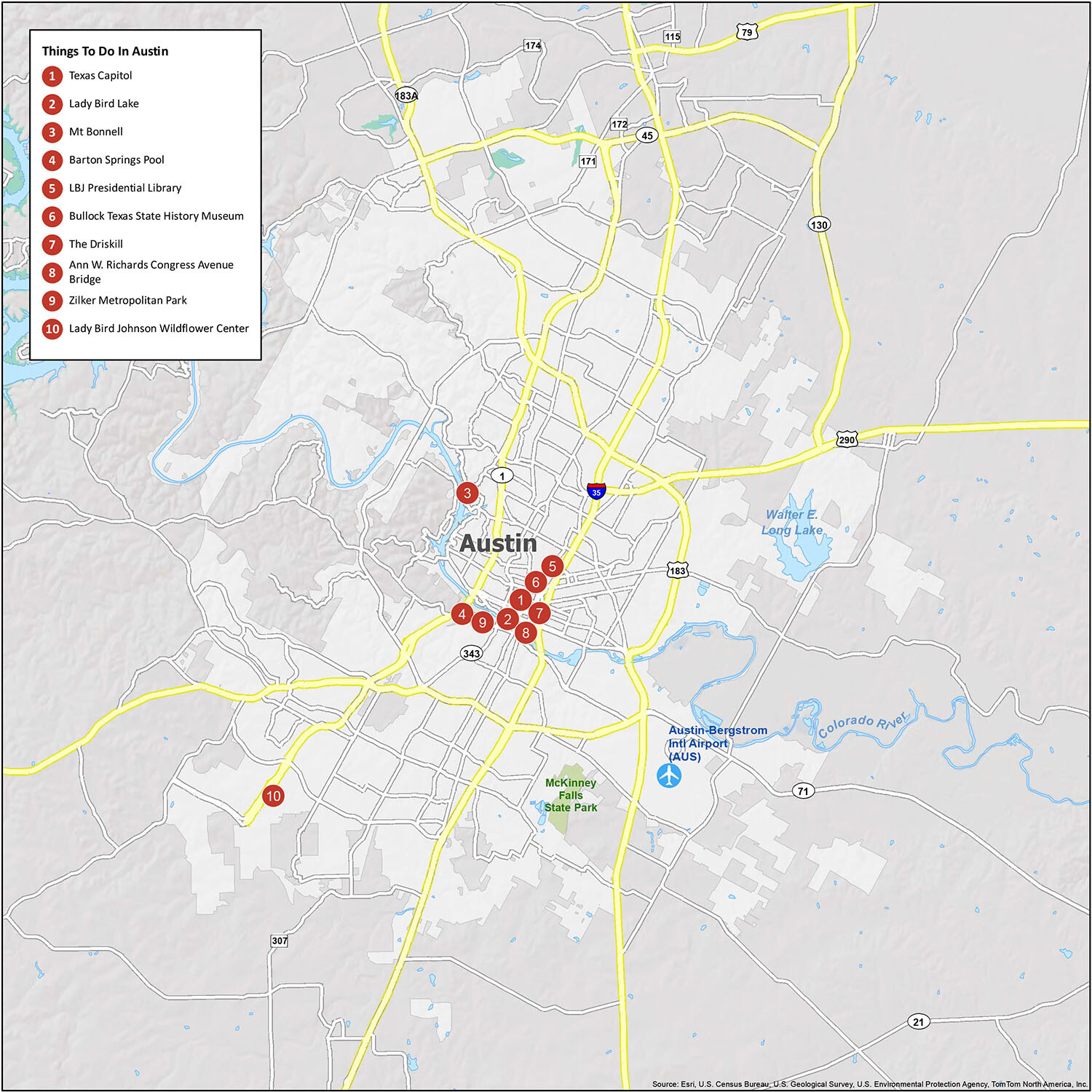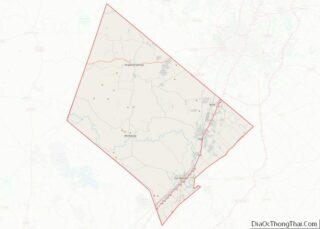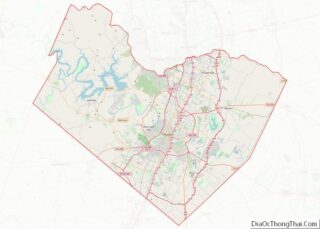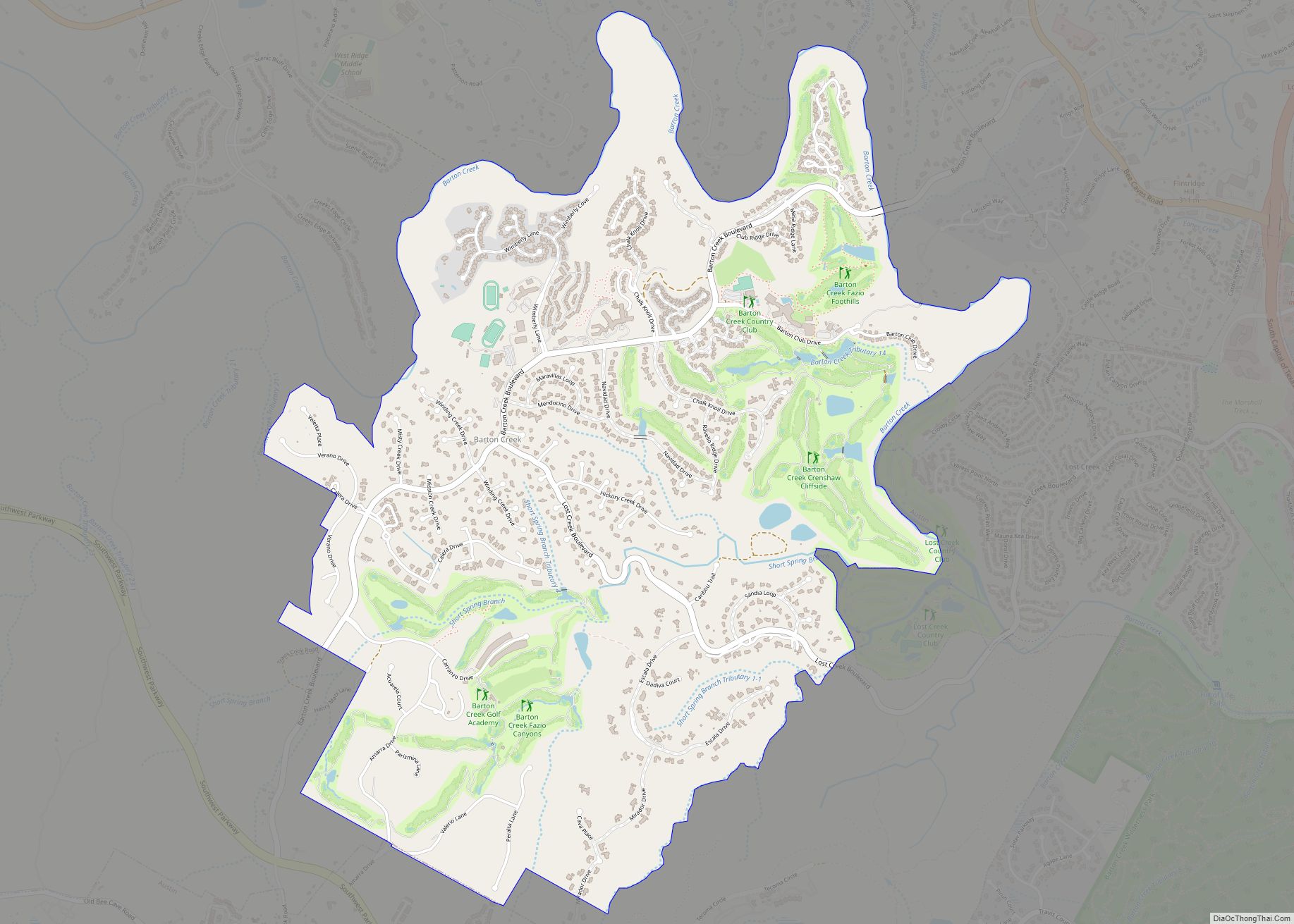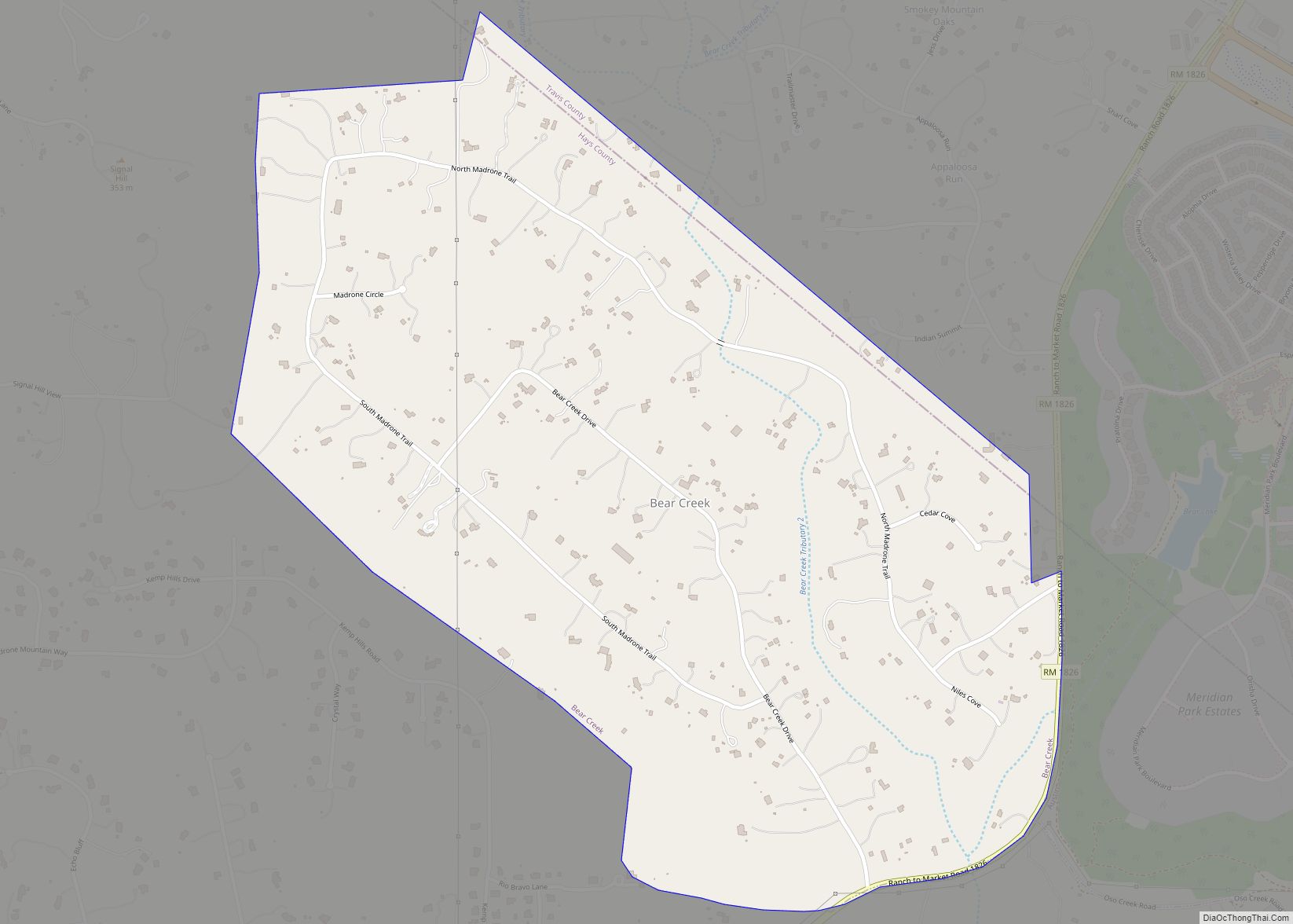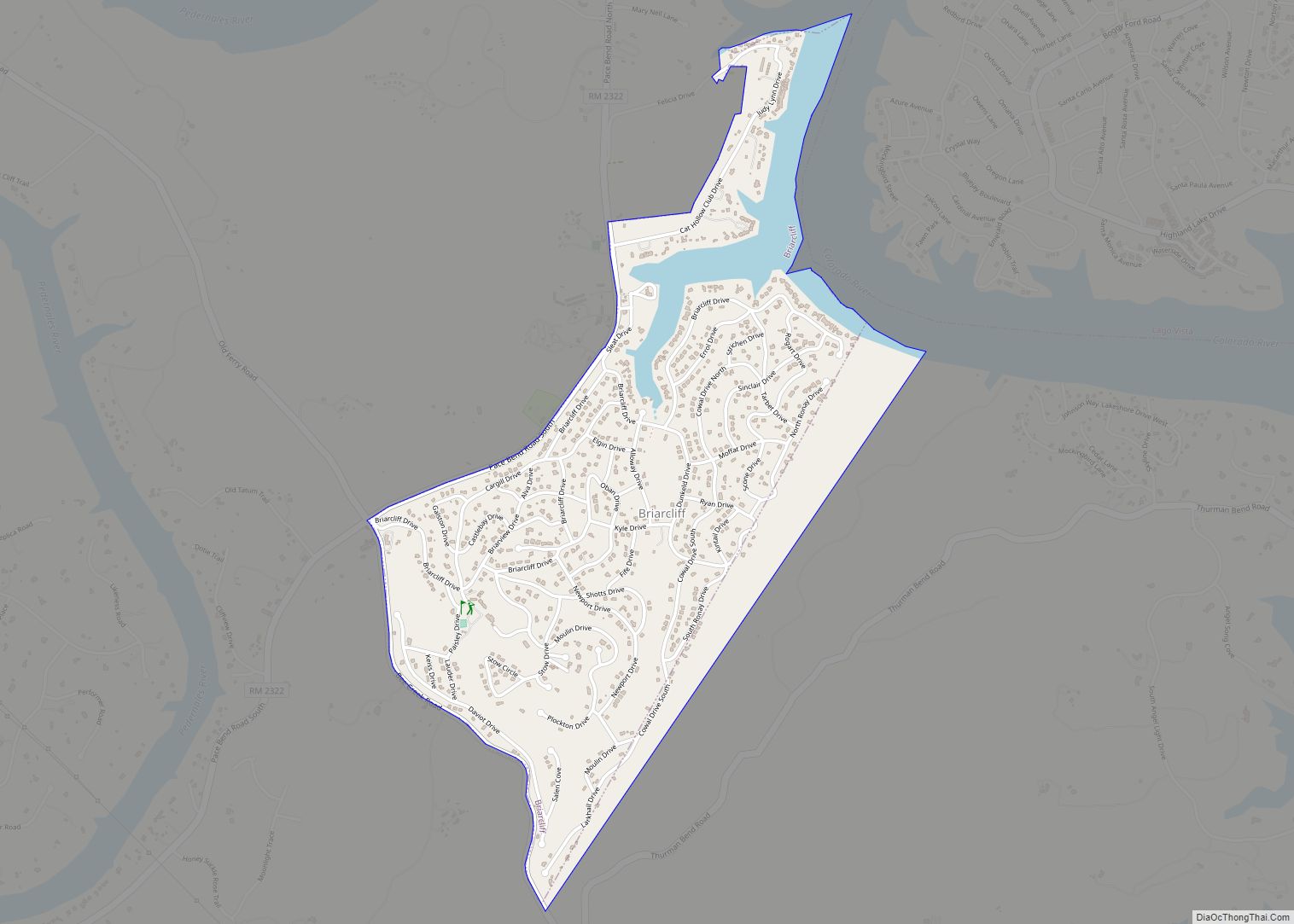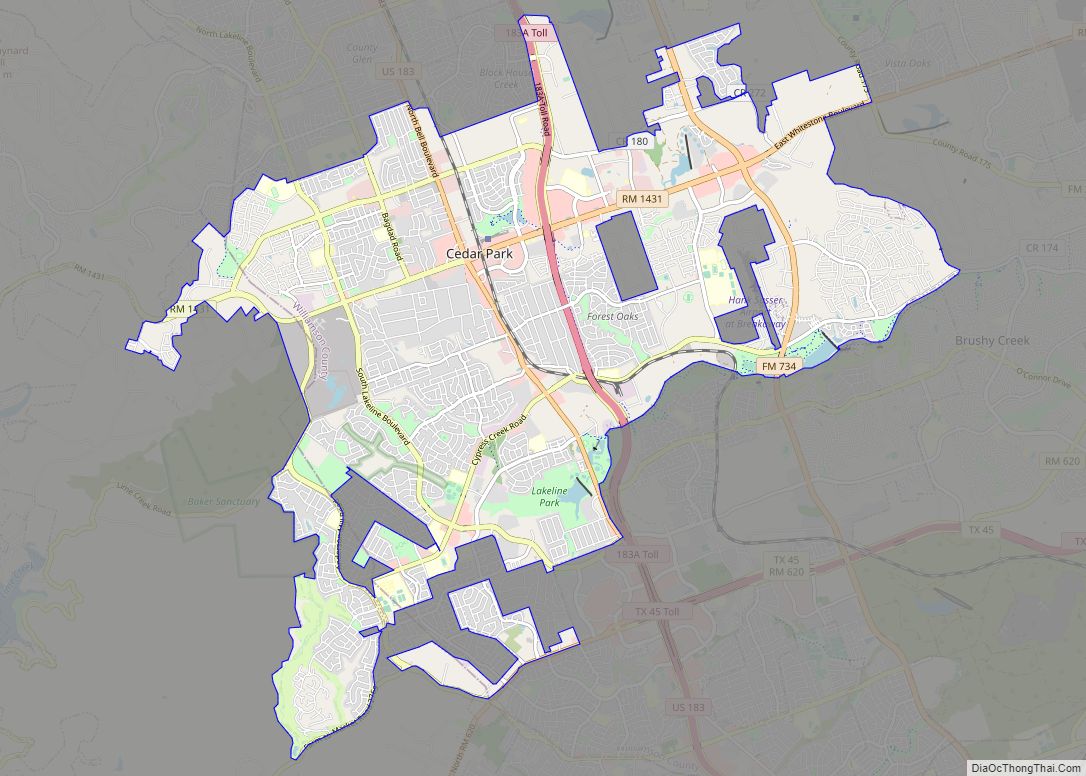Austin is the capital city of the U.S. state of Texas, as well as the seat and largest city of Travis County, with portions extending into Hays and Williamson counties. Incorporated on December 27, 1839, it is the 10th-most-populous city in the United States, the fourth-most-populous city in Texas, and the second-most-populous state capital city. It has been one of the fastest growing large cities in the United States since 2010. Downtown Austin and Downtown San Antonio are approximately 80 miles (129 km) apart, and both fall along the Interstate 35 corridor. Some observers believe that the two regions may some day form a new “metroplex” similar to Dallas and Fort Worth. Austin is the southernmost state capital in the contiguous United States and is considered a Beta−level global city as categorized by the Globalization and World Cities Research Network.
As of 2021, Austin had an estimated population of 964,177, up from 961,855 at the 2020 census. The city is the cultural and economic center of the Austin–Round Rock metropolitan statistical area, which had an estimated population of 2,421,115 as of July 1, 2022. Located in Central Texas within the greater Texas Hill Country, it is home to numerous lakes, rivers, and waterways, including Lady Bird Lake and Lake Travis on the Colorado River, Barton Springs, McKinney Falls, and Lake Walter E. Long.
Residents of Austin are known as Austinites. They include a diverse mix of government employees, college students, musicians, high-tech workers, and blue-collar workers. The city’s official slogan promotes Austin as “The Live Music Capital of the World”, a reference to the city’s many musicians and live music venues, as well as the long-running PBS TV concert series Austin City Limits. The city also adopted “Silicon Hills” as a nickname in the 1990s due to a rapid influx of technology and development companies. In recent years, some Austinites have adopted the unofficial slogan “Keep Austin Weird”, which refers to the desire to protect small, unique, and local businesses from being overrun by large corporations. Since the late 19th century, Austin has also been known as the “City of the Violet Crown”, because of the colorful glow of light across the hills just after sunset.
In 1987, Austin originated and remains the site for South by Southwest (stylized as SXSW and colloquially referred to as South By), an annual conglomeration of parallel film, interactive media, and music festivals and conferences that take place in mid-March.
Emerging from a strong economic focus on government and education, since the 1990s, Austin has become a center for technology and business. The technology roots in Austin can be traced back to the 1960s when Tracor (now BAE Systems), a major defense electronics contractor, began operation in the city in 1962. IBM followed in 1967, opening a facility to produce its Selectric typewriters. Texas Instruments setup in Austin two years later, Motorola (now NXP Semiconductors) started semiconductor chip manufacturing in 1974. BAE Systems, IBM, and NXP Semiconductors still have campuses and manufacturing operations in Austin as of 2022. A number of Fortune 500 companies have headquarters or regional offices in Austin, including 3M, Advanced Micro Devices (AMD), Amazon, Apple, Facebook (Meta), Google, IBM, Intel, NXP Semiconductors, Oracle, Tesla, Texas Instruments, and Whole Foods Market. Dell’s worldwide headquarters is located in the nearby suburb of Round Rock. With regard to education, Austin is the home of the University of Texas at Austin, which is one of the largest universities in the U.S., with over 50,000 students. In 2021, Austin became home to the Austin FC, the first (and currently only) major professional sports team in the city.
| Name: | Austin city |
|---|---|
| LSAD Code: | 25 |
| LSAD Description: | city (suffix) |
| State: | Texas |
| County: | Hays County, Travis County, Williamson County |
| Incorporated: | December 27, 1839 |
| Elevation: | 489 ft (149 m) |
| Land Area: | 319.94 sq mi (828.64 km²) |
| Water Area: | 6.57 sq mi (17.02 km²) |
| Population Density: | 3,006.36/sq mi (1,160.76/km²) |
| FIPS code: | 4805000 |
| GNISfeature ID: | 1384879 |
| Website: | austintexas.gov |
Experience the unique culture of Austin with this interactive map. It’s a great way to explore the city, discover its hidden gems, and really get to know what makes the city so special.
Austin is famous for its BBQ, Tex Mex, and general weirdness. Discover the city and its culture with this interactive Austin map, complete with a road map, top 10 things to do, and an interactive map of the city extent. Get the most out of your visit to Austin, Texas and experience the unique culture of the city with this interactive map. It’s a great way to explore the city, discover its hidden gems, and really get to know what makes the city so special.
Online Interactive Map
Click on ![]() to view map in "full screen" mode.
to view map in "full screen" mode.
Austin is the capital of the state of Texas. The city has a population of around 965,000 and it’s the cultural, political, educational, and economic center of Texas. Austin is home to many universities and colleges making it a popular place for students to study. It has also been ranked as one of the best cities in the U.S. for starting a business. Explore Austin, Texas with this interactive map.
Austin location map. Where is Austin city?
Austin Road Map
Geographically speaking, Austin is located about 80 miles (130 km) northeast of San Antonio on Interstate 35. Also, it’s about 165 miles (265 km) away from Houston to the east by State Hwy 71 E and Interstate 10. To help you find your way around, we’ve provided a road map of the area with information on some of the most popular destinations.Interstate Highways: I-35
US Highways: 45, 71, 130, 171, 172, 183, 290, Lockhart Hwy
Expressways/Parkways: Mo Pac Expy, Southwest Pky
Major Roads: Airport Blvd, Allandale Rd, Anderson Ln, Avery Ranch Blvd, Bell Blvd, Ben White Blvd, Capital Of Texas Hwy, Cardinal Loop, Ed Bluestein Blvd, Frontage Rd, Koenig Ln, Northland Dr, Presidential Blvd, Ranch Rd, Research Blvd
Austin, Texas is a vibrant city with a unique blend of natural beauty and urban charm. With close to a million residents, the city is full of cultural diversity and exciting attractions. Whether you’re visiting or looking for a new place to call home, Austin offers something for everyone. Austin–Bergstrom International Airport (AUS) is the main airport for the city. The surrounding cities and census-designated places include Bee Cave, Buda, Cedar Park, Creedmoor, Dripping Springs, Hays, Hutto, Jonestown, Kyle, Lago Vista, Lakeway, Leander, Manor, Mustang Ridge, Pflugerville, Rollingwood, Round Rock, Sunset Valley, West Lake Hills, Barton Creek, Brushy Creek, Garfield, Hornsby Bend, Hudson Bend, Lost Creek, Manchaca, Shady Hollow, Wells Branch, Wyldwood, Bear Creek, Point Venture, San Leanna, The Hills, Volente, and Webberville. To get the most out of your time in Austin, use this map as a reference to familiarize yourself with the city.
10 things to do in Austin city
From the Texas Capitol to the Lady Bird Johnson Wildflower Center, there’s something for everyone to explore in Austin. With its vibrant culture, delicious food, and wide range of attractions, Austin is the perfect place to get away and discover something new. Whether you’re interested in music, art, or just want to take in the beauty of nature, this attractions map will help you find your way around the city.
Austin is an exciting city with a unique vibe that is unlike anywhere else in the country. With its abundance of attractions, you can find something to do no matter what your interests are. From the Lady Bird Lake to the Ann W. Richards Congress Avenue Bridge, this attractions map will help you explore the city and discover something new. So, grab your map and get ready to explore Austin!
Discover the beauty and culture of Austin with this attractions map. With its abundance of live music and entertainment events, this city is full of unique experiences for everyone. From the Texas Capitol to the Lady Bird Johnson Wildflower Center, you can explore the city’s major landmarks and monuments. Whether you’re looking for something different or just want to take in the beauty of nature, Austin has something for everyone to enjoy. So, grab your map and get ready to explore the unique city of Austin!
Austin city Satellite Map
Geography
Austin, the southernmost state capital of the contiguous 48 states, is located in Central Texas on the Colorado River. Austin is 146 miles (230 km) northwest of Houston, 182 miles (290 km) south of Dallas and 74 miles (120 km) northeast of San Antonio.
Austin occupies a total area of 305.1 square miles (790.1 km). Approximately 7.2 square miles (18.6 km) of this area is water. Austin is situated at the foot of the Balcones Escarpment, on the Colorado River, with three artificial lakes within the city limits: Lady Bird Lake (formerly known as Town Lake), Lake Austin (both created by dams along the Colorado River), and Lake Walter E. Long that is partly used for cooling water for the Decker Power Plant. Mansfield Dam and the foot of Lake Travis are located within the city’s limits. Lady Bird Lake, Lake Austin, and Lake Travis are each on the Colorado River.
The elevation of Austin varies from 425 feet (130 m) to approximately 1,000 feet (305 m) above sea level. Due to the fact it straddles the Balcones Fault, much of the eastern part of the city is flat, with heavy clay and loam soils, whereas the western part and western suburbs consist of rolling hills on the edge of the Texas Hill Country. Because the hills to the west are primarily limestone rock with a thin covering of topsoil, portions of the city are frequently subjected to flash floods from the runoff caused by thunderstorms. To help control this runoff and to generate hydroelectric power, the Lower Colorado River Authority operates a series of dams that form the Texas Highland Lakes. The lakes also provide venues for boating, swimming, and other forms of recreation within several parks on the lake shores.
Austin is located at the intersection of four major ecological regions, and is consequently a temperate-to-hot green oasis with a highly variable climate having some characteristics of the desert, the tropics, and a wetter climate. The area is very diverse ecologically and biologically, and is home to a variety of animals and plants. Notably, the area is home to many types of wildflowers that blossom throughout the year but especially in the spring. This includes the popular bluebonnets, some planted by “Lady Bird” Johnson, wife of former President Lyndon B. Johnson.
The soils of Austin range from shallow, gravelly clay loams over limestone in the western outskirts to deep, fine sandy loams, silty clay loams, silty clays or clays in the city’s eastern part. Some of the clays have pronounced shrink-swell properties and are difficult to work under most moisture conditions. Many of Austin’s soils, especially the clay-rich types, are slightly to moderately alkaline and have free calcium carbonate.
Cityscape
Austin’s skyline historically was modest, dominated by the Texas State Capitol and the University of Texas Main Building. However, since the 2000s, many new high-rise towers have been constructed. Austin is currently undergoing a skyscraper boom, which includes recent construction on new office, hotel and residential buildings. Downtown’s buildings are somewhat spread out, partly due to a set of zoning restrictions that preserve the view of the Texas State Capitol from various locations around Austin, known as the Capitol View Corridors.
At night, parts of Austin are lit by “artificial moonlight” from moonlight towers built to illuminate the central part of the city. The 165-foot (50 m) moonlight towers were built in the late 19th century and are now recognized as historic landmarks. Only 15 of the 31 original innovative towers remain standing in Austin, but none remain in any of the other cities where they were installed. The towers are featured in the 1993 film Dazed and Confused.
The central business district of Austin is home to the tallest condo towers in the state, with The Independent (58 stories and 690 ft (210 m) tall) and The Austonian (topping out at 56 floors and 685 ft (209 m) tall). The Independent became the tallest all-residential building in the U.S. west of Chicago when topped out in 2018. In 2005, then-Mayor Will Wynn set out a goal of having 25,000 people living downtown by 2015. Although downtown’s growth did not meet this goal, downtown’s residential population did surge from an estimated 5,000 in 2005 to 12,000 in 2015. The skyline has drastically changed in recent years, and the residential real estate market has remained relatively strong. As of December 2016, there were 31 high rise projects either under construction, approved or planned to be completed in Austin’s downtown core between 2017 and 2020. Sixteen of those were set to rise above 400 ft (120 m) tall, including four above 600′, and eight above 500′. An additional 15 towers were slated to stand between 300′ and 399′ tall.
Climate
Austin is located within the middle of a unique, narrow transitional zone between the dry deserts of the American Southwest and the lush, green, more humid regions of the American Southeast. Its climate, topography, and vegetation share characteristics of both. Officially, Austin has a humid subtropical climate under the Köppen climate classification. This climate is typified by long, very hot summers, short, mild winters, and warm to hot spring and fall seasons in-between. Austin averages 34.32 inches (872 mm) of annual rainfall distributed mostly evenly throughout the year, though spring and fall are the wettest seasons. Sunshine is common during all seasons, with 2,650 hours, or 60.3% of the possible total, of bright sunshine per year.
Summers in Austin are very hot, with average July and August highs frequently reaching the high-90s (34–36 °C) or above. Highs reach 90 °F (32 °C) on 123 days per year, of which 29 days reach 100 °F (38 °C); all years in the 1991-2020 period recorded at least 1 day of the latter. The average daytime high is 70 °F (21 °C) or warmer between March 1 and November 21, rising to 80 °F (27 °C) or warmer between April 14 and October 24, and reaching 90 °F (32 °C) or warmer between May 30 and September 18. The highest ever recorded temperature was 112 °F (44 °C) occurring on September 5, 2000, and August 28, 2011. An uncommon characteristic of Austin’s climate is its highly variable humidity, which fluctuates frequently depending on the shifting patterns of air flow and wind direction. It is common for a lengthy series of warm, dry, low-humidity days to be occasionally interrupted by very warm and humid days, and vice versa. Humidity rises with winds from the east or southeast, when the air drifts inland from the Gulf of Mexico, but decreases significantly with winds from the west or southwest, bringing air flowing from Chihuahuan Desert areas of West Texas or northern Mexico.
Winters in Austin are mild, although occasional short-lived bursts of cold weather known as “Blue Northers” can occur. January is the coolest month with an average daytime high of 62.5 °F (17 °C). The overnight low drops to or below freezing 12 times per year, and sinks below 45 °F (7 °C) during 76 evenings per year, mostly between mid-December and mid-February. The average first and last dates for a freeze are December 1 and February 15, giving Austin an average growing season of 288 days, and the coldest temperature of the year is normally about 24.2 °F (−4 °C) under the 1991-2020 climate normals, putting Austin in USDA zone 9a. Conversely, winter months also produce warm days on a regular basis. On average, 10 days in January reach or exceed 70 °F (21 °C) and 1 day reaches 80 °F (27 °C); during the 1991-2020 period, all Januarys had at least 1 day with a high of 70 °F (21 °C) or more, and most (60%) had at least 1 day with a high of 80 °F (27 °C) or more. The lowest ever recorded temperature in the city was −2 °F (−19 °C) on January 31, 1949. Roughly every two years Austin experiences an ice storm that freezes roads over and cripples travel in the city for 24 to 48 hours. When Austin received 0.04 inches (1 mm) of ice on January 24, 2014, there were 278 vehicular collisions. Similarly, snowfall is rare in Austin. A snow event of 0.9 inches (2 cm) on February 4, 2011, caused more than 300 car crashes. The most recent major snow event occurred February 14–15, 2021, when 6.4 inches (16 cm) of snow fell at Austin’s Camp Mabry, the largest two-day snowfall since records began being kept in 1948.
Typical of Central Texas, severe weather in Austin is a threat that can strike during any season. However, it is most common during the spring. According to most classifications, Austin lies within the extreme southern periphery of Tornado Alley, although many sources place Austin outside of Tornado Alley altogether. Consequently, tornadoes strike Austin less frequently than areas farther to the north. However, severe weather and/or supercell thunderstorms can occur multiple times per year, bringing damaging winds, lightning, heavy rain, and occasional flash flooding to the city. The deadliest storm to ever strike city limits was the twin tornadoes storm of May 4, 1922, while the deadliest tornado outbreak to ever strike the metro area was the Central Texas tornado outbreak of May 27, 1997.
See also
Map of Texas State and its subdivision:- Anderson
- Andrews
- Angelina
- Aransas
- Archer
- Armstrong
- Atascosa
- Austin
- Bailey
- Bandera
- Bastrop
- Baylor
- Bee
- Bell
- Bexar
- Blanco
- Borden
- Bosque
- Bowie
- Brazoria
- Brazos
- Brewster
- Briscoe
- Brooks
- Brown
- Burleson
- Burnet
- Caldwell
- Calhoun
- Callahan
- Cameron
- Camp
- Carson
- Cass
- Castro
- Chambers
- Cherokee
- Childress
- Clay
- Cochran
- Coke
- Coleman
- Collin
- Collingsworth
- Colorado
- Comal
- Comanche
- Concho
- Cooke
- Coryell
- Cottle
- Crane
- Crockett
- Crosby
- Culberson
- Dallam
- Dallas
- Dawson
- Deaf Smith
- Delta
- Denton
- Dewitt
- Dickens
- Dimmit
- Donley
- Duval
- Eastland
- Ector
- Edwards
- El Paso
- Ellis
- Erath
- Falls
- Fannin
- Fayette
- Fisher
- Floyd
- Foard
- Fort Bend
- Franklin
- Freestone
- Frio
- Gaines
- Galveston
- Garza
- Gillespie
- Glasscock
- Goliad
- Gonzales
- Gray
- Grayson
- Gregg
- Grimes
- Guadalupe
- Hale
- Hall
- Hamilton
- Hansford
- Hardeman
- Hardin
- Harris
- Harrison
- Hartley
- Haskell
- Hays
- Hemphill
- Henderson
- Hidalgo
- Hill
- Hockley
- Hood
- Hopkins
- Houston
- Howard
- Hudspeth
- Hunt
- Hutchinson
- Irion
- Jack
- Jackson
- Jasper
- Jeff Davis
- Jefferson
- Jim Hogg
- Jim Wells
- Johnson
- Jones
- Karnes
- Kaufman
- Kendall
- Kenedy
- Kent
- Kerr
- Kimble
- King
- Kinney
- Kleberg
- Knox
- La Salle
- Lamar
- Lamb
- Lampasas
- Lavaca
- Lee
- Leon
- Liberty
- Limestone
- Lipscomb
- Live Oak
- Llano
- Loving
- Lubbock
- Lynn
- Madison
- Marion
- Martin
- Mason
- Matagorda
- Maverick
- McCulloch
- McLennan
- McMullen
- Medina
- Menard
- Midland
- Milam
- Mills
- Mitchell
- Montague
- Montgomery
- Moore
- Morris
- Motley
- Nacogdoches
- Navarro
- Newton
- Nolan
- Nueces
- Ochiltree
- Oldham
- Orange
- Palo Pinto
- Panola
- Parker
- Parmer
- Pecos
- Polk
- Potter
- Presidio
- Rains
- Randall
- Reagan
- Real
- Red River
- Reeves
- Refugio
- Roberts
- Robertson
- Rockwall
- Runnels
- Rusk
- Sabine
- San Augustine
- San Jacinto
- San Patricio
- San Saba
- Schleicher
- Scurry
- Shackelford
- Shelby
- Sherman
- Smith
- Somervell
- Starr
- Stephens
- Sterling
- Stonewall
- Sutton
- Swisher
- Tarrant
- Taylor
- Terrell
- Terry
- Throckmorton
- Titus
- Tom Green
- Travis
- Trinity
- Tyler
- Upshur
- Upton
- Uvalde
- Val Verde
- Van Zandt
- Victoria
- Walker
- Waller
- Ward
- Washington
- Webb
- Wharton
- Wheeler
- Wichita
- Wilbarger
- Willacy
- Williamson
- Wilson
- Winkler
- Wise
- Wood
- Yoakum
- Young
- Zapata
- Zavala
- Alabama
- Alaska
- Arizona
- Arkansas
- California
- Colorado
- Connecticut
- Delaware
- District of Columbia
- Florida
- Georgia
- Hawaii
- Idaho
- Illinois
- Indiana
- Iowa
- Kansas
- Kentucky
- Louisiana
- Maine
- Maryland
- Massachusetts
- Michigan
- Minnesota
- Mississippi
- Missouri
- Montana
- Nebraska
- Nevada
- New Hampshire
- New Jersey
- New Mexico
- New York
- North Carolina
- North Dakota
- Ohio
- Oklahoma
- Oregon
- Pennsylvania
- Rhode Island
- South Carolina
- South Dakota
- Tennessee
- Texas
- Utah
- Vermont
- Virginia
- Washington
- West Virginia
- Wisconsin
- Wyoming


